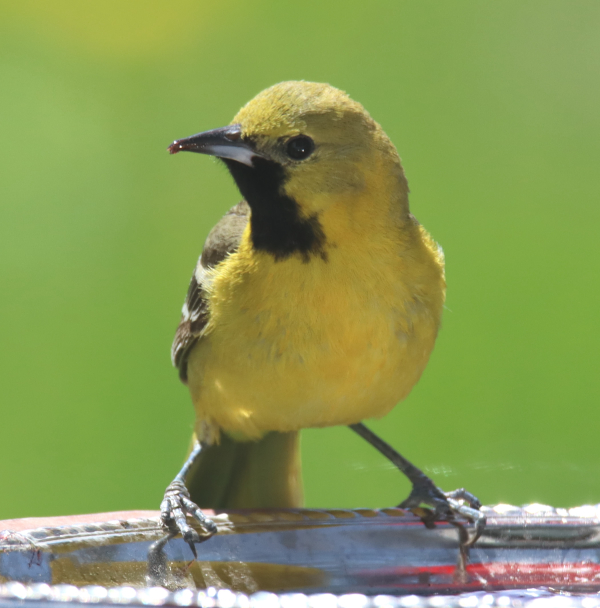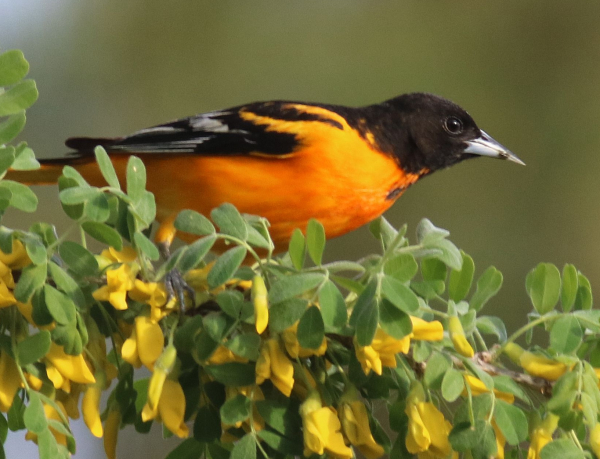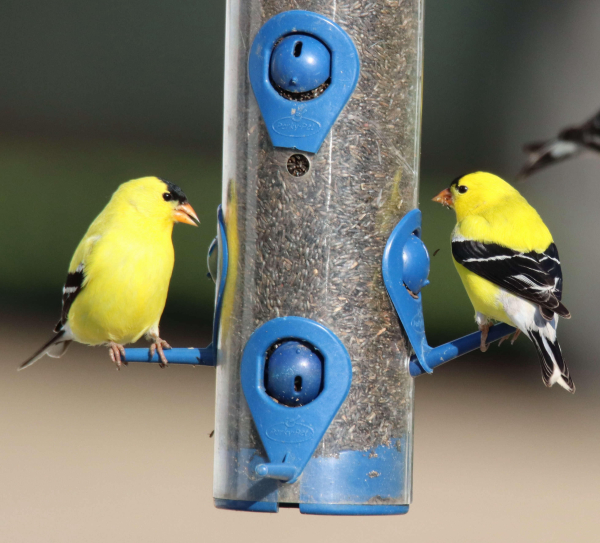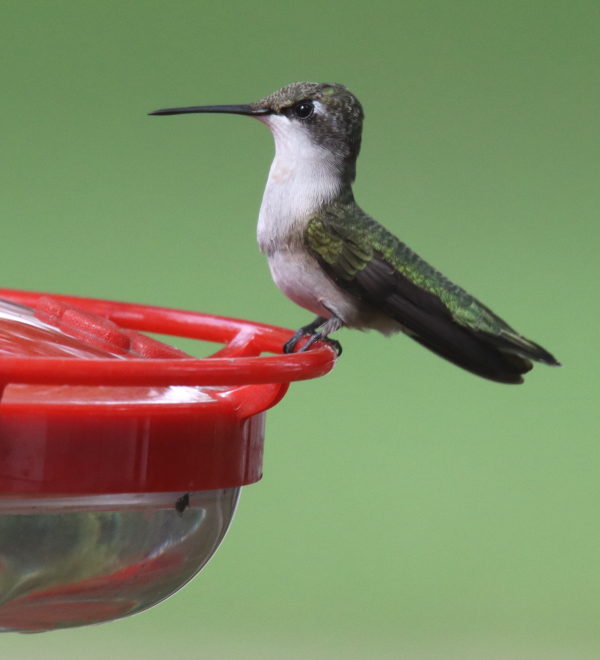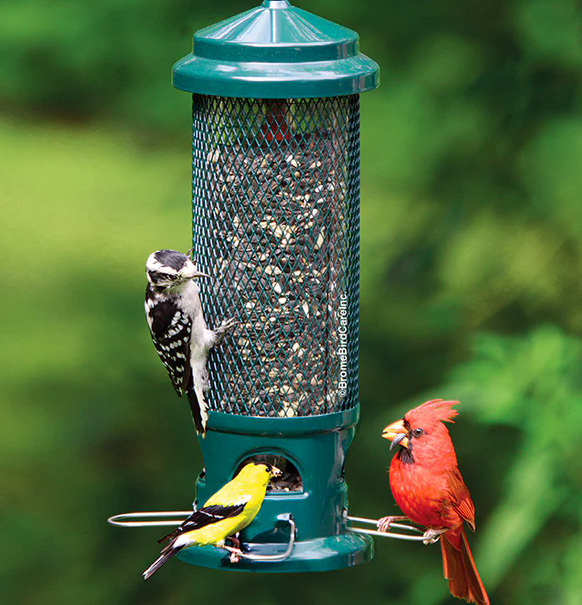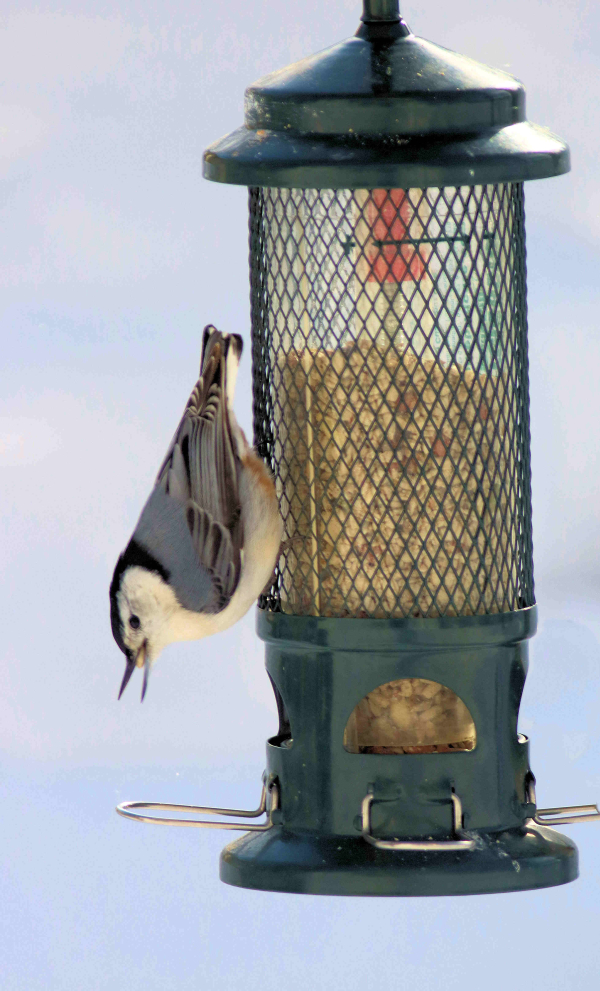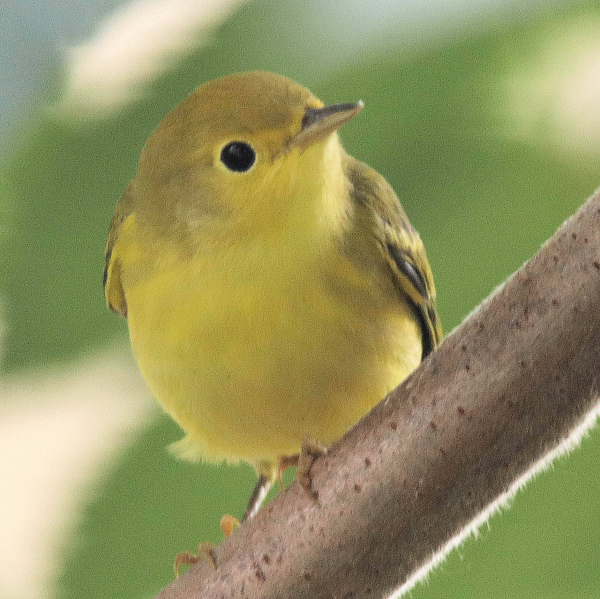Attracting a Variety of Migrants
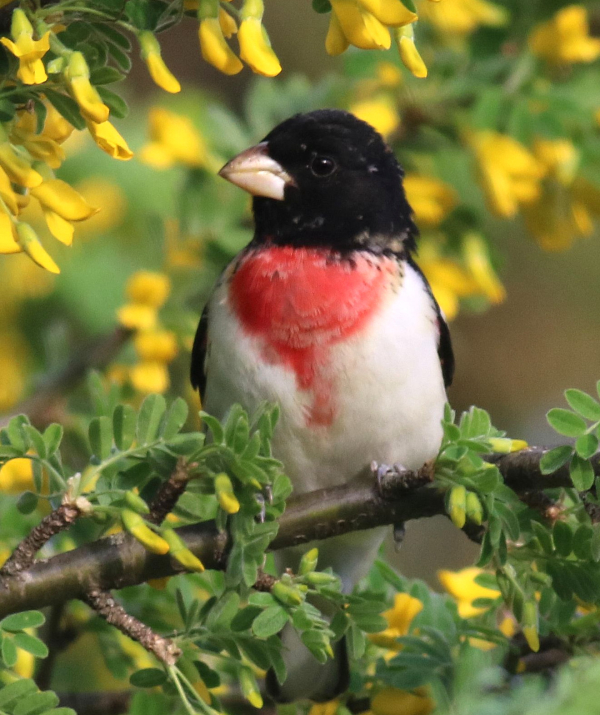
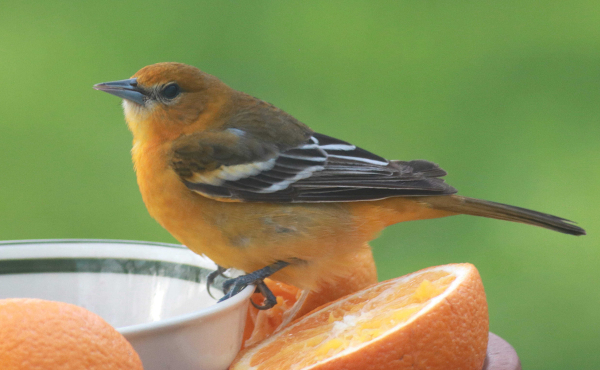
It’s that time of the year when you gotta pull out all the stops ‘cuz the migrants are arriving, and more are on the way! We need to provide everything possible to attract the greatest variety of birds to our yards, and to benefit the migrants as they make their way across the land from south to north this spring. And we may be able to attract new birds to stop and stay a while – to nest in your yard or neighborhood, after finding out they find a predictable source of favorite foods and fresh water on the edge of backyard habitats.
It’s not that hard, or very expensive. The most important thing you can do to attract and benefit the greatest variety of migrating birds is to simply provide fresh water. That’s easy! And if you add the sound of moving water via a dripper, mini-fountain, or water wiggler, more birds are sure to find your watering and feeding station.
In addition to fresh water, add some sugar-water – in the form of nectar in a hummingbird feeder, as well as sugar-water in an oriole feeder. Speaking of orioles, be sure to provide the ultimate oriole magnets: Grape jelly and sliced orange halves.
It’s worth doing a little testing with other fruits too. For example, try bananas, and any fruits you may have – maybe slice a few pieces of each in a fruit bowl for birds. The idea comes from the fact that bananas are a preferred food for many tropical birds, including orioles, tanagers, and warblers, so it’s worth trying a few other fruits and testing the reaction when songbird migration reaches your latitude.
A secondary bird food may be created by providing these fruits too. The fruits will probably attract small insects that birds will eat, birds including warblers, orioles, hummingbirds, and even flycatchers. The fruit shouldn’t attract a swarm of flies or other unwanted bugs; if it does and it becomes a problem, end the practice and appreciate that this is a test that might work, might not.
A quick way to add a second mode of attracting hummingbirds is to make a quick trip to your local nursery and pick out a bunch of red tubular flowers in a hanging pot, or a tray of red flowering plants that you can transplant near your feeding station, or that you can plant in pots that become mobile hummingbird magnets in your yard. Red trumpet flower vines may be the best bet, along with salvia, petunias, sage, butterfly bush, morning glories, and other red tubular flowers. Buy plants that are already blooming and you should get immediate results when hummingbirds arrive in your area.
Make Winter Foods Spring Foods
During the 20th Century, many birders stopped feeding birds after the winter season, but we learned that some of the most rewarding times at your feeding station happen during spring migration and the summer nesting period. Therefore, to attract the greatest variety of birds, keep feeding seeds – thistle seeds, sunflower seeds, millet if you wish, and peanuts too – all the “winter” seeds.
As always, it’s paramount to provide a suet option throughout the year. Your best bet, especially during warmer weather (but year-round too), is to provide a no-melt suet blend. No-melt suet is less messy, and often provides more food value than traditional fat-based suet. At the same time, it’s best to use a hot chili no-melt suet, which is attractive to birds but repels mammals including squirrels.
One of the most versatile foods of all is Bark Butter, a marvelous suet-like blend created by the originator of Wild Birds Unlimited, Jim Carpenter. Bark Butter comes as a spreadable peanut butter-like paste, or as no-mess pellets (Bark Butter Bits) – all available in hot pepper forms to repel squirrels. This high-energy food is known to have attracted more than 150 species to date! How can you go wrong by providing this super-food during peak migration through your area?
The moral of this story is, don’t hold back, use every trick in the book, see what works and what works best, and if you come up with your own miracle bird food, tell the birding world right here in The Birding Wire. Good luck and enjoy every day of spring bird feeding, watering, and landscaping!
Share your backyard birding experiences and photos at editorstbw2@gmail.com

